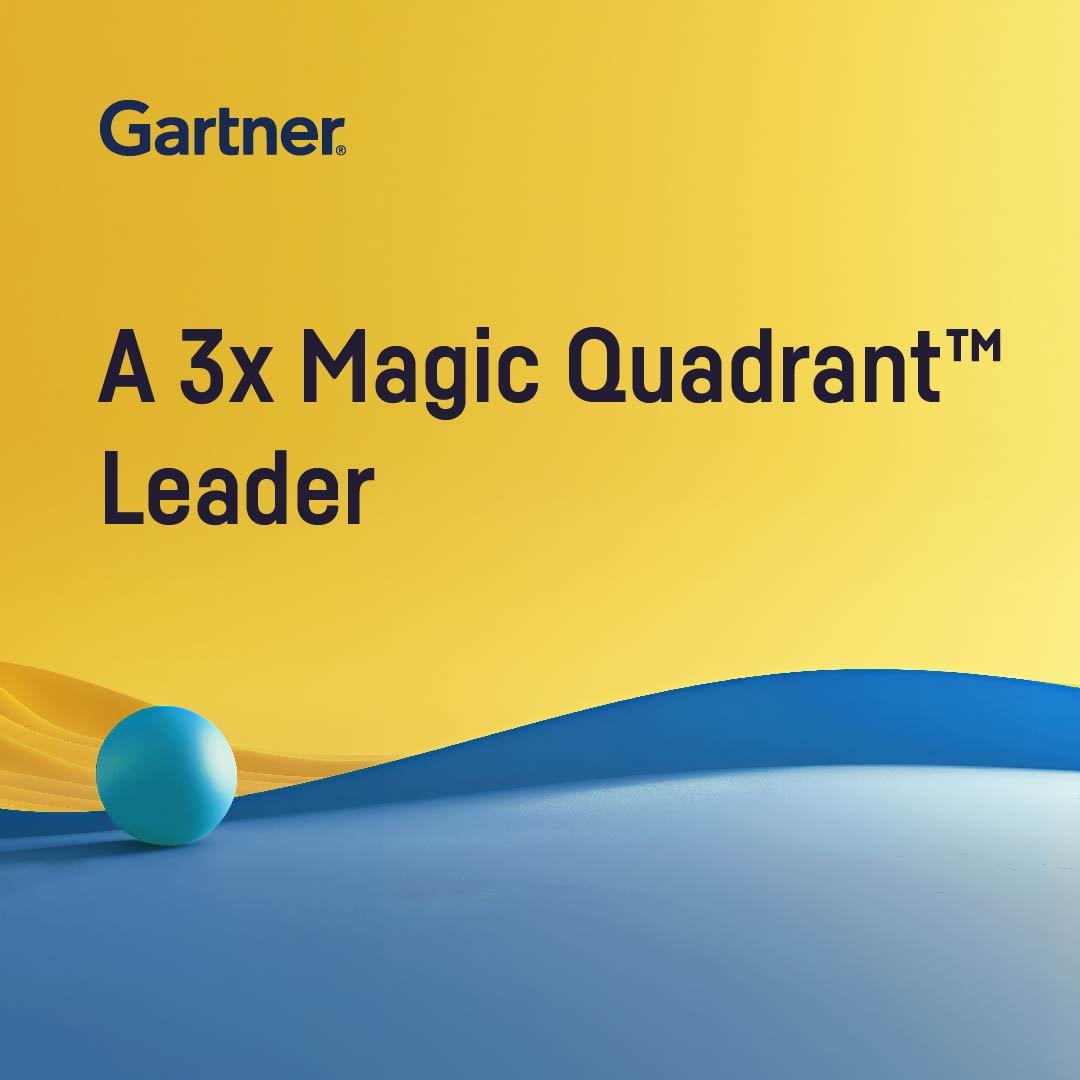Norwegian insurance company Frende Forsikring has established itself as a reliable provider by broadening its range of products and emphasizing innovation and customer-focused solutions.
With Dataiku, they have developed innovative machine learning (ML) and AI solutions to improve their day-to-day operations to support their comprehensive suite of insurance products and, in doing so, have also built a strong sense of trust with their growing customer base.
To continue to move the needle in a crowded industry, Frende Forsikring has leaned heavily into tackling complicated use cases with practical ML implementation. Four recent projects the firm undertook call special attention to this: improved customer communication, real-time competitor intelligence, and automated cancellation processing.
Enhancing Customer Communication With Generative AI
Frende Forsikring’s foresight of keeping a human in the loop resonates with their company vision, to be “widely known for being approachable and human-centered” — they understand that a strong foundational trust comes from how they communicate with their customers. This includes minimizing the use of technical insurance terms, such as by replacing words like “premium” and “products” with “price” and “insurances.” They also follow a standardized approach to presenting sums of money, dates, and numbers and pay close attention to elements like active voice and sentence structure, for example.
By developing generative AI use cases in Dataiku — notably with the ChatGPT-4o model applied in several operations — they’ve developed an API that processes text inputs from their employees to enable them to communicate with clients in a more consistent, simpler way. They also maintain a global library of LLMs in Dataiku to be able to easily use different models based on the task (i.e., one pipeline might have GPT-4o, GPT4-o mini, and GPT-01 working together).
This API is integrated into an internal site available to all employees. They’ve added threading to the API for longer text input and to allow the model to process text in the background. The result is sent as a document attachment via email, a process handled completely by the Dataiku API (to provide real-time feedback and recommendations on improving written communications, with the ability to track individual user usage). For shorter texts, the result is delivered directly on the website.
The tool — used weekly on up to 300 different texts — provides all employees with easy access to advanced AI models and the team at Frende Forsikring has already added more functionality, including the tool’s ability to highlight specific areas for improvement.
With Dataiku, it was easy for the team to develop models using libraries and APIs, the latter of which are integrated into internal systems, making implementation a seamless experience. Frende Forsikring fully understands that consistent communication fosters a reliable brand image, while clarity helps customers resolve issues faster and reduces operational costs — all to help drive greater business success.
Leveraging Generative AI to Automate Competitive Analysis
Making sure every advisor at Frende Forsikring has the most current information for competitor offerings in the insurance space requires manual review to stay up to date with changes to several multi-page policy term documents. Small, critical updates were easy to miss, but taking several hours each month to scour competitor information for updates wasn’t an effective use of resources. Even bringing on external vendors would have likely needed significant investment to the tune of $100,000 annually. Without trust that the information is current, client interactions would be at risk, leading to distrust in the system and decline in usage.
Now, with Dataiku, this task is completed automatically every month:
- The competitor company policies (publicly available PDFs and online documentation) are stored in a folder in Dataiku, and each insurance company has its own dedicated folder.
- The monthly scenario compares all the policies and checks to see if any of them have updates via a sentence-by-sentence comparison to see a text match. Another folder contains files with directions to what information is read for a given insurance (i.e., different insurance comparison points, each with specialized prompts and a standardized system prompt) and this is fed with the documents to a generative AI model — ChatGPT-4o in this case — and the result is stored in a json. The RAG retrieves the correct documents by finding the correct folders for each company using a Levenshtein based algorithm. All while this is happening, automatic monitoring continues to allow for easy maintenance.
- The report is regarding changes in policy. A report is generated automatically every month and sent out to stakeholders. Interested parties can access the policy comparisons through a webpage.
- The actual policy changes (and the documents themselves) are stored in a managed folder. If anything goes wrong while the report is run, it sends a message to the maintainer, thanks to built-in monitoring in Dataiku.
Perhaps the best part was that this solution was implemented at Frende Forsikring by a single person due to the ease of development facilitated by Dataiku. Advisors are now able to leverage a trustworthy, up-to-date database of terms from major competitors presented in an easy-to-read format. Resultantly, the organization saves hours of work each month and hundreds of thousands of dollars each year in not needing an external product to perform the manual work.
Because of the easy access to automation monitoring and logs provided by Dataiku, Frende Forsikring has reduced errors and debug time to the point where maintenance isn’t even an issue for small teams. The automation setup and controls process has also paid dividends if adjustments need to be made. As previously mentioned, maintaining a common library of frequently used code snippets makes development efforts easier and keeps the code centralized. The company has also seen improvements in reporting. If anything changes or an error does occur, a corresponding message is automatically sent to interested parties, freeing up developer time for more valuable tasks.
LLM-Driven Customer Cancellation Processing
As customers seek the best insurance products at the best prices, it’s inevitable that some customers ultimately churn. Each year, Frende Forsikring receives emails notifying them of resigning customers. Reviewing these messages, finding the customers, and completing the cancellation process for those who can’t be retained is time-consuming work.
Reviewing a cancellation manually can take on average 10-14 minutes, and the Robotics Process Automation (RPA) team has already implemented a process that handles 25% of the work. Using rule-based algorithms to identify if customers resigned from their entire offering, it was necessary to implement a solution that could correctly parse more complex cancellations. Because companies send cancellations in different formats or even multiple formats, it was hard to exceed this 25% rate from RPA alone.
Like most successful implementations of AI or ML solutions, this was a team effort. Frende Forsikring’s implementation involved domain experts, RPA personnel, data engineers, and data scientists — together with Dataiku. Dataiku was chosen because of its seamless data import, implementation of rules, and integration of generative AI models.
Dataiku is used to retrieve the cancellation data for the relevant customer and gather any additional details about the customer’s product portfolio. They recently upgraded their model from a BERT model to a large language model (LLM), boosting the degree of automation. The team expects to increase the automation rate from an average of about 81% to 95% with the new model. LLMs are great for this task due to their ability to account for various ways of naming products (i.e., “house insurance” versus “home insurance”), identifying dates, addresses, registration numbers, types of pets, and more, without the need for hard-coded rules.
Over a period of four months, the project automated an average of 110 hours of work per month. And because the project was designed in a completely scalable way, it can handle increasing volumes easily and free up resources for more complicated work. The team also valued the easy handling of data in and out of their data warehouse into Dataiku, the ability to orchestrate multiple ML models together and integrate Python code, creating an APi to implement the process in the RPA workflow, and more.
Frende Forsikring’s innovative use of AI and automation through its partnership with Dataiku has significantly streamlined operations, delivering optimized customer experiences along with greater efficiency. By automating a variety of tasks with their use cases, Frende has saved hundreds of hours each month. Their strategic investment in AI and a human-centered approach bolsters their commitment to maintaining trust in a competitive industry. Frende Forsikring is well-positioned for continued growth, empowered by a roadmap of seamless integration of advanced AI solutions and automation.





